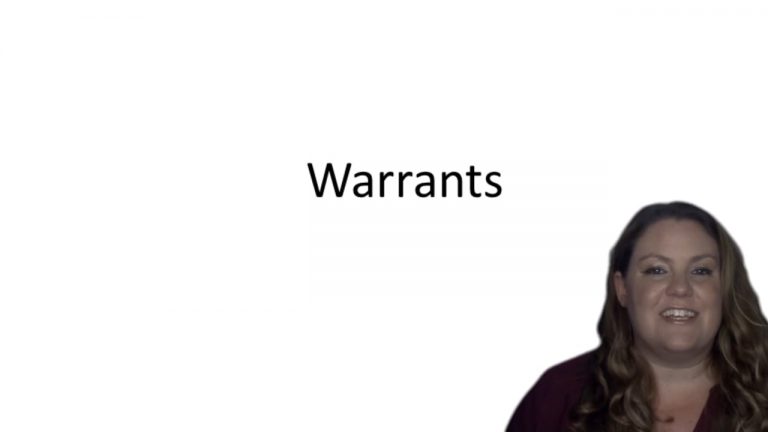SmartBrief
Confirm favorite deletion?
Criminal Procedure Keyed to Ohlin
Richards v. Wisconsin
Citation:
520 U.S. 385 (1997)Facts
On December 31, 1991, police officers in Madison, Wisconsin, obtained a warrant to search Steiney Richards’ motel room for drugs and related paraphernalia. The police requested a warrant that would have given advance authorization for a “no-knock” entry into the motel room, but the Magistrate explicitly deleted those portions of the warrant. The officers arrived at the motel room at 3:40 a.m and one officer, dressed as a maintenance man, led the team. They knocked on Richards’ door and, responding to the query from inside the room, stated that he was a maintenance man. With the chain still on the door, Richards cracked it open. Richards quickly slammed the door closed and the officers began kicking and ramming the door to gain entry. When they finally did break into the room, the officers caught Richards trying to escape through the window. They also found cocaine hidden in plastic bags. Richards contended that the evidence obtained by the officers are not admissible.
Only StudyBuddy Pro offers the complete Case Brief Anatomy*
Access the most important case brief elements for optimal case understanding.
*Case Brief Anatomy includes: Brief Prologue, Complete Case Brief, Brief Epilogue
- The Brief Prologue provides necessary case brief introductory information and includes:
Topic:
Identifies the topic of law and where this case fits within your course outline.Parties:
Identifies the cast of characters involved in the case.Procedural Posture & History:
Shares the case history with how lower courts have ruled on the matter.Case Key Terms, Acts, Doctrines, etc.:
A case specific Legal Term Dictionary.Case Doctrines, Acts, Statutes, Amendments and Treatises:
Identifies and Defines Legal Authority used in this case.
- The Case Brief is the complete case summarized and authored in the traditional Law School I.R.A.C. format. The Pro case brief includes:
Brief Facts:
A Synopsis of the Facts of the case.Rule of Law:
Identifies the Legal Principle the Court used in deciding the case.Facts:
What are the factual circumstances that gave rise to the civil or criminal case? What is the relationship of the Parties that are involved in the case.Issue(s):
Lists the Questions of Law that are raised by the Facts of the case.Holding:
Shares the Court's answer to the legal questions raised in the issue.Concurring / Dissenting Opinions:
Includes valuable concurring or dissenting opinions and their key points.Reasoning and Analysis:
Identifies the chain of argument(s) which led the judges to rule as they did.
- The Brief Prologue closes the case brief with important forward-looking discussion and includes:
Policy:
Identifies the Policy if any that has been established by the case.Court Direction:
Shares where the Court went from here for this case.
Topic Resources
Topic Outline
Topic Refresher Course
Topic Charts & Notes

 10m 22s
10m 22s